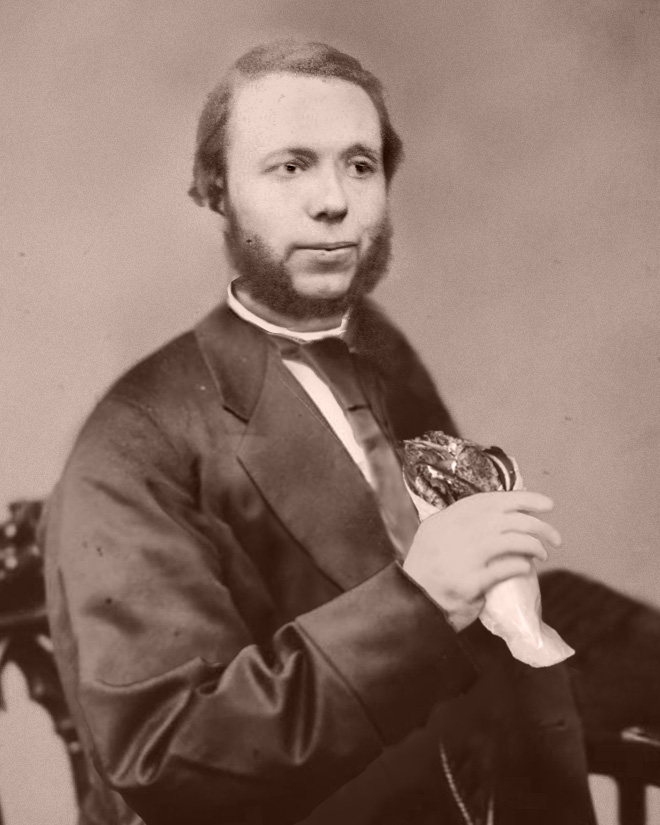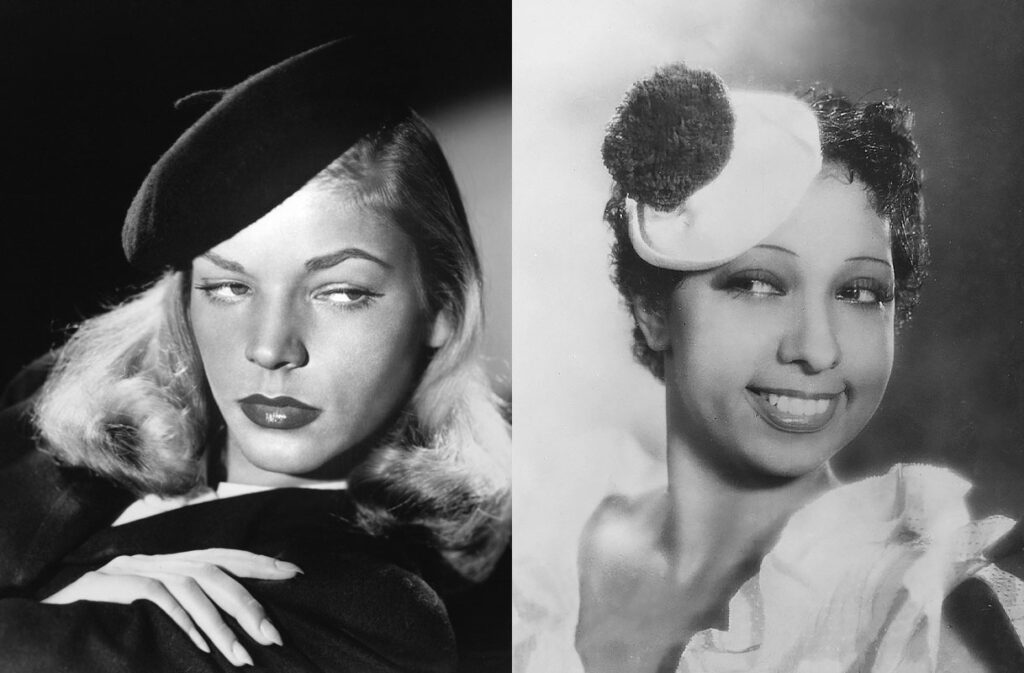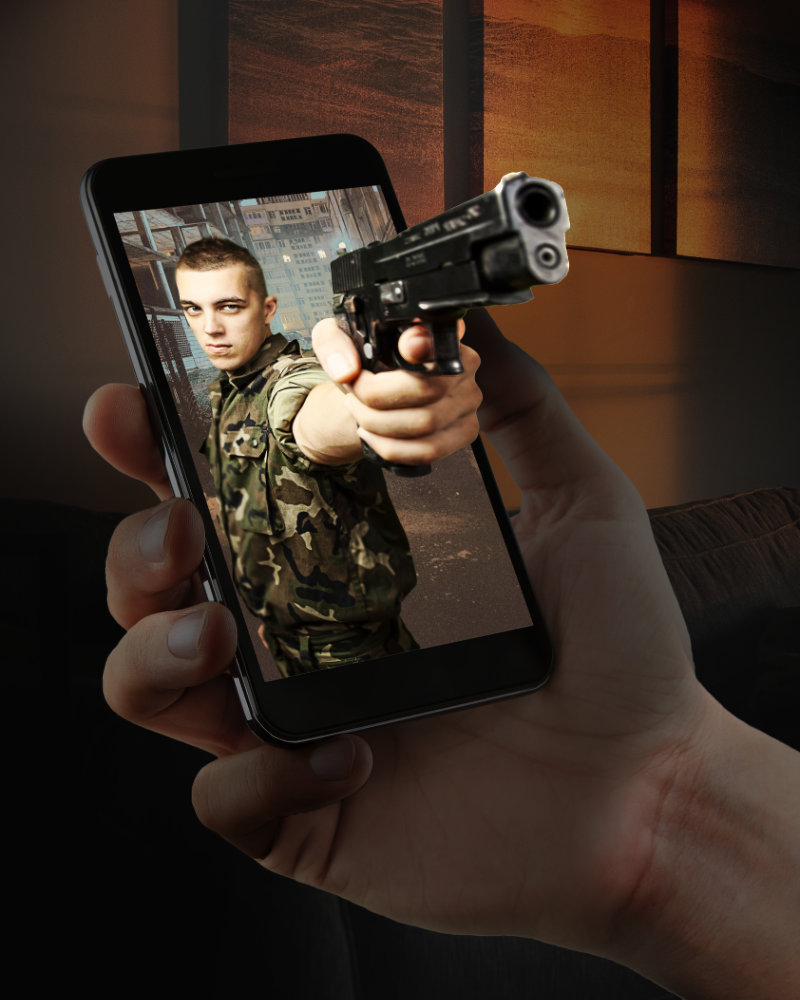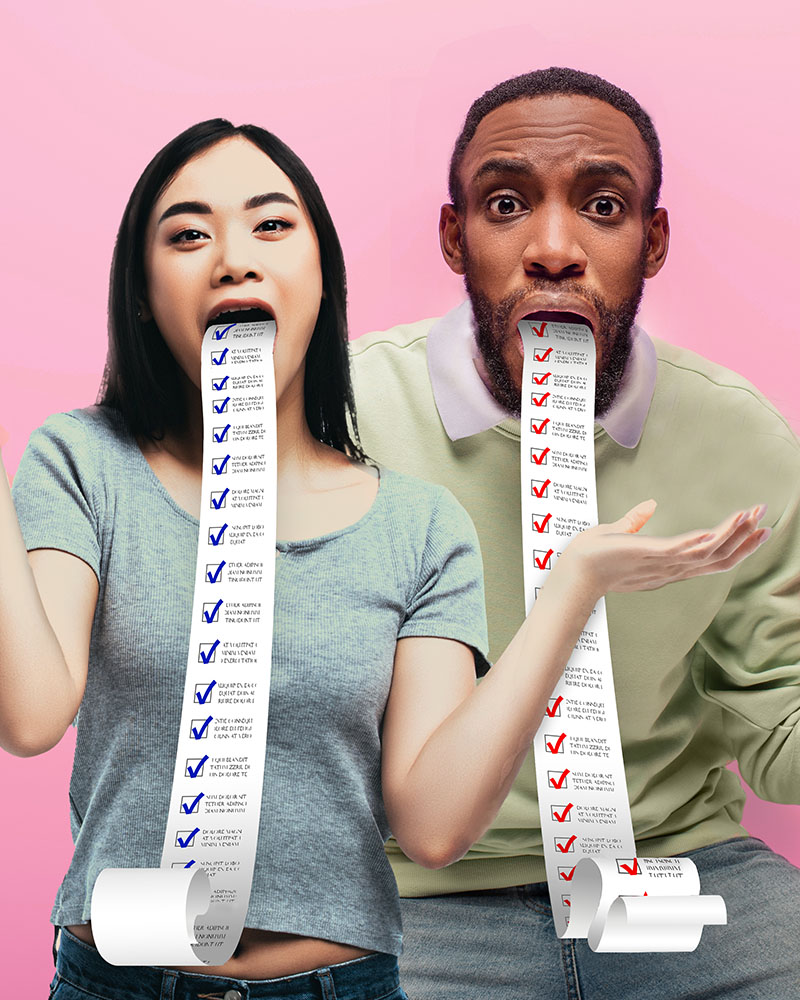When I was in my early 20s, a new takeout place opened up on my street. I don’t remember the name of the shop, but a sign in the window announced that it sold gyros. Since my diet as a college student had consisted mostly of dining-hall food and pizza, the word “gyros” was new to me. I was curious to try one.
I walked into the store and encountered the proprietor, a large, bald, scowling Greek man who stood behind a high counter. “Could I have a gyro, please?” I said.
The man leaned forward indignantly. “A jye-ro?” he said, mimicking my pronunciation. “What’s a jye-ro?” Then, rising up to his full height, he barked, “It’s a…” followed by a Greek word that had no resemblance to “gyro.” It sounded to me like “hee-ros,” with a hard “s” at the end indicating that it was singular, not plural.
“Thank you, I’ll remember that,” I squeaked out. Despite the humiliation I experienced in acquiring this food item, it turned out to be delicious — definitely something I’d want again.
So a couple of weeks later, I strode confidently into the shop. “I’d like a hee-ros, please,” I said.
The man stared at me with bulging eyes. “Hee-ros?” he bellowed. “You want a hee-ros?!” He paused as I looked up at him helplessly. “The word is YEE-ros!” he said. “Hee-ros means PIG!”
To this day, whenever I order that particular Greek delicacy, I’m careful to ask for a “yee-ros.” And invariably, the person behind the counter looks at me quizzically and says, “You mean a gyro?”
There’s not much point to that tale; I just like it. But it makes me think of another store that opened a few years later on the same street. Not only don’t I remember the name of the store; I don’t think it had a name. This store’s only products were clocks and ceiling fans, which struck me as a delightfully random combination — like shoes and lightbulbs, or paper clips and accordions. Quirkier still was a little display in the corner that had nothing to do with either clocks or ceiling fans. It was called “Adopt an Ancestor,” and it consisted entirely of framed, antique photos of anonymous people, most likely acquired at estate sales. As was the style in the days those photos were taken, their subjects were stiff, well dressed, and stern-faced.
We think of ghosts as people who died but had unfinished business on earth, and therefore are unable to extricate themselves from the world of the living. It struck me that the invention of photography had turned all of the unsuspecting people in those pictures into ghosts. Their physical bodies had turned to dust years before, but their monochrome images continued to live among us, unidentified and untethered, flickering in the light of twirling fan blades.
Part of me wanted to adopt one of them, to make a place for him or her in my family tree. But none of these ghosts looked the least bit Jewish, so it would have been an awkward fit. Eventually the question was moot, because the store went out of business not long after it had opened.
I sometimes wonder where those photos are now, and whether their subjects have found a well-earned place of refuge. Even if they have, their place has been taken by the thousands — or more likely millions — of photographic ghosts that have been released into the netherworld since then.
When I went through my mother’s house after her death, I found a closet stacked from bottom to top with boxes of old family photos. I rescued a couple of boxes’ worth, but the rest stayed in the closet, waiting to be gathered by the company we’d hired to do the final cleaning out. Although I couldn’t bring myself to toss the photos into a dumpster, I do hope they’re decaying in a landfill somewhere, and not floating anonymously through the world, waiting for somebody to adopt them.





Recent Comments